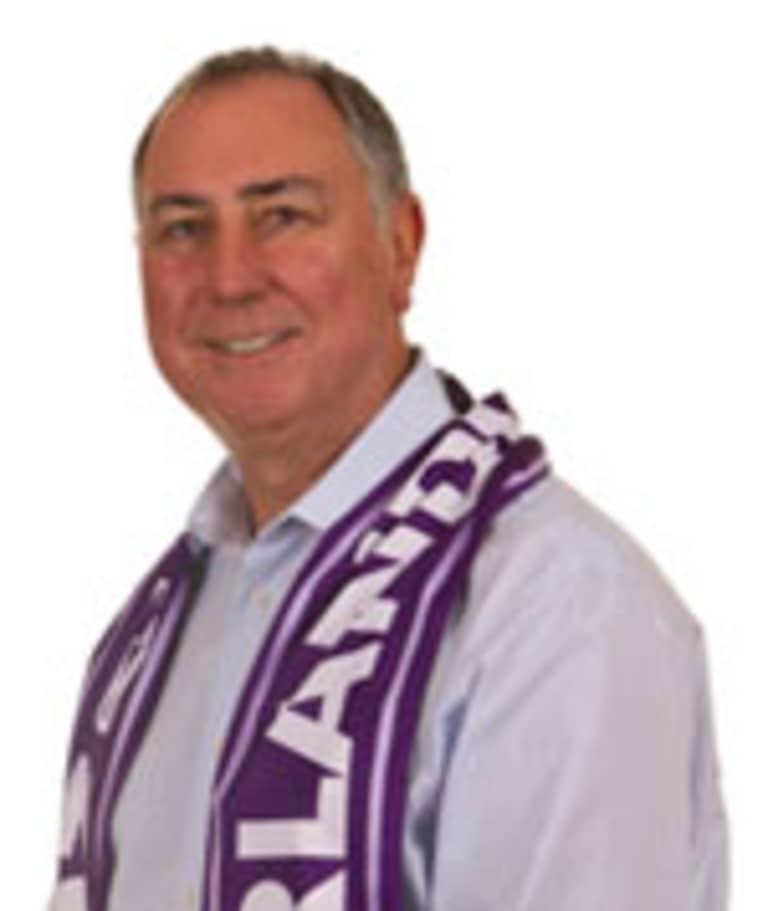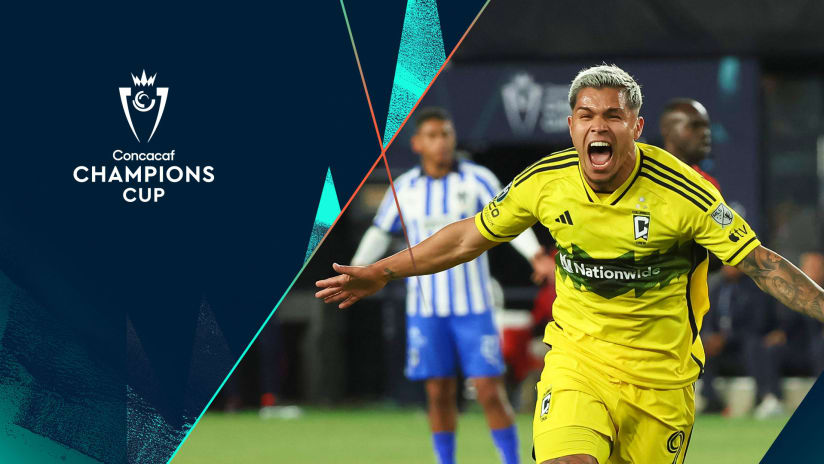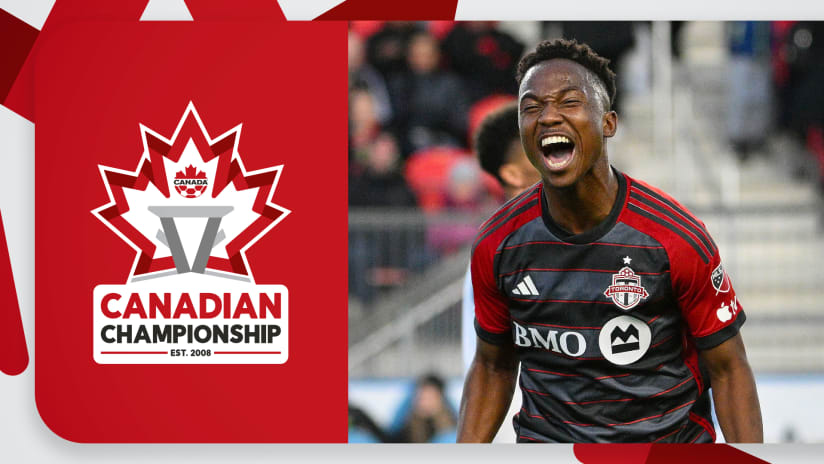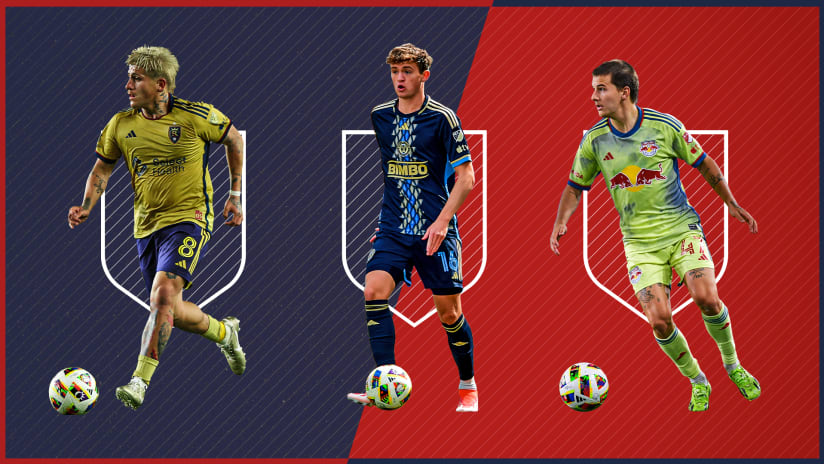Right now, there are operational professional soccer teams in 39 different markets across the first three tiers of US Soccer – MLS, NASL and USL PRO – and if everything goes according to plan, 2015 will see another two markets enter the fold.
But if you accept USL PRO president Tim Holt’s evaluation of the North American soccer landscape, that means we’re only at 50 percent capacity.
“I think there are anywhere between 50 to 75 different markets in the United States that can support, under the right circumstances, a professional soccer team,” Holt tells MLSsoccer.com. “It’s not the craziest thing. You’re talking about another 20 to 30 markets, potentially, that don’t have professional soccer that could support professional soccer.”
The mind reels. It’s been tough enough to keep the 14 teams currently in USL PRO operational. In the last month alone, Phoenix FC changed ownership groups – they’ll take the field this season as Arizona United SC – and the Pittsburgh Riverhounds, who are playing their second season in soccer-specific Highmark Stadium, filed for bankruptcy.
Of course that’s not to say that USL clubs are incapable of laying down roots in the markets they enter, nor that there aren’t plenty of potential soccer hotspots in North America.
The Charleston Battery are in their 16th season at Blackbaud Stadium. Expansion club Sacramento Republic FC will open their stadium in June with more than 5,000 season-ticket holders to fill the seats, ready to help lift to the team to the big leagues in the years to come.
And, of course, Orlando City have done so well that they’ve earned a call-up from MLS.
“The common denominator of the successful teams … is a commitment to smartly building the front office and the infrastructure of the organization on the technical side, on the sales side, on the leadership side,” Holt says. “I think some teams can get caught in the trap of trying to cut expenses in those critical areas of the people who actually are your organization.
"So the investment in people – especially experienced people in sports or soccer management – we think is a key component to success.”
Holt singles out Orlando for praise, and it’s easy to see why. Since USL PRO launched in 2011, the Lions have won two of the three league titles and finished atop of the regular-season standings twice.

Phil Rawlins, co-owner and the current president of Orlando City, grew up in the English city of Stoke-on-Trent but has been living in the US since 1994. In 2000, Rawlins became part owner of his hometown club, Stoke City. By the time he sold his stake in the team this February, he had presided over the Potters’ rise from the third tier of English football to a sixth straight year in the Premier League.
With experience in managing a professional soccer club under his belt, Rawlins began taking an interest in helping the game’s development in his adopted homeland. In 2008, he founded the USL-1 Austin Aztex, and then rebooted the team in Orlando after the 2010 NASL-USL schism.
“We’ve set our own hurdles for ourselves, our own goals, and we’ve always done that, and we’ve done it regardless of the level we’re playing at,” Rawlins tells MLSsoccer.com. “We don’t measure ourselves as a minor-league team. We set out to be the very best we could be at whatever level we play at, and that’s both on and off the field.”
Orlando’s success has certainly not gone unnoticed, particularly in Sacramento, where Republic FC president Warren Smith is sticking to the Lions’ script.
“We’re following that same game plan,” Smith tells MLSsoccer.com. “Year one: Roll out a strong brand, get 6,750 per match on average at our facility. Year 3: Earn the right to acquire an MLS franchise. Year 5: Open up a downtown urban-core stadium.”
Smith (right) has a fairly sophisticated understanding of the Sacramento area that dates back to his college days at UC Davis, and plenty of experience managing a professional sports team in California’s capital. He spent eight years with the Sacramento River Cats,
Forbes
’ 2012 most valuable minor-league baseball franchise.
Even so, the Republic spent a year running the numbers before formally applying to USL for a team, and they liked what they saw. The Sacramento metropolitan statistical area houses 122,000 registered soccer players, according to Smith, and Nielsen ranked Sacramento ninth in Spanish-language viewership during the 2010 World Cup.
In short, Smith says, Sacramento “speaks for itself” as a soccer community.
And the USL’s expansion push will certainly help. Smith says San Diego and Las Vegas have been discussed as possible locations for new franchises, and in the proposed regional model where teams would play around 80 percent of their games in-conference, having more teams in the Pacific strip would significantly cut down the Republic’s travel costs.
But even as owners dream of manageable travel, regional rivalries and sound business plans, the league’s success will always depend on one universal variable.
“It always comes down to money,” Rawlins says. “These things always take more investment than you would think at first glance, and you’ve got to prepare to invest over a prolonged period of time to be able to grow the asset and build the club up to see any possible returns.”
Arizona United and Pittsburgh have shown that it’s a very real concern, if not the only concern. Holt says USL PRO is far more interested in bringing in strong ownership groups than they are in how many markets – or even which markets – they occupy.
Asked what the best thing a potential owner could do to convince the league that they are the right fit, Holt responded with a question of his own.
“You mean as part of their business plan, after we’ve gotten through whether they have the financial capacity to own a team?” he asked.
It’s an obvious point – franchises need money to buy and operate a business – but the stakes are high for USL. In order to grow to 30 teams by the end of the decade, investors will need to have confidence that by bringing a team to USL PRO they can see a return on what they put in.
“Capital is a coward,” Smith says. “The risk of not getting a return has been greatly reduced, but it’s largely because people have set an example like Orlando. … We can’t have teams folding. It sends the wrong message.”











